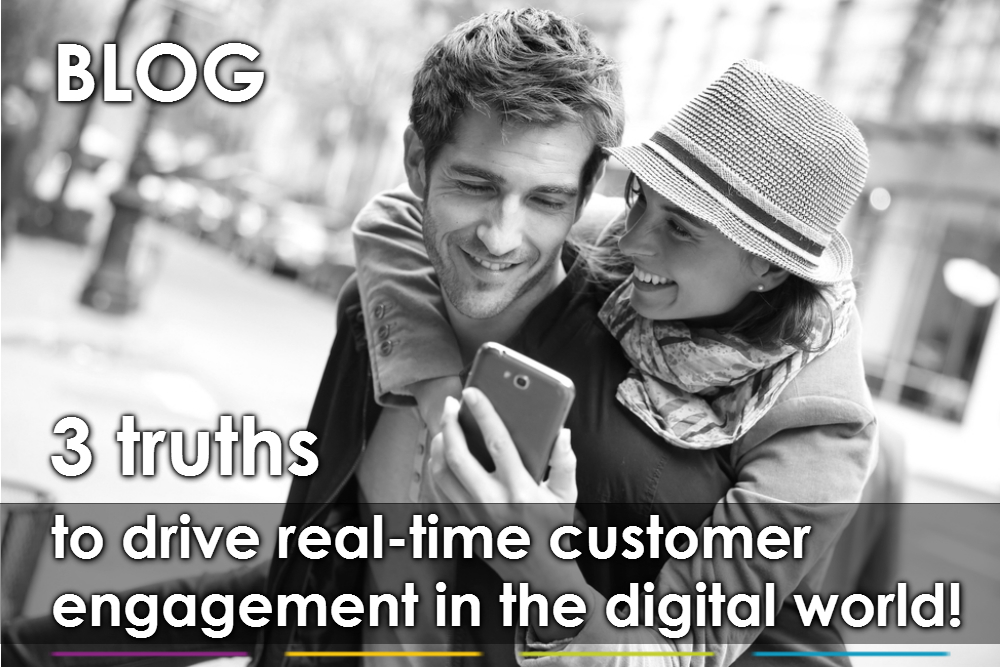3 truths to drive real-time Customer Engagement in the digital world!
07 Apr 2016

Why preparation is key to using real-time customer engagement
Many brands now use their social media channels to get involved in conversations customers and potential customers are having. But in the heat of the moment, sometimes things can go wrong: a classic example is American pizza brand DiGiorno spotting a popular #WhyIStayed hashtag on Twitter, and posting its own humorous spin #WhyIstayed You had pizza. Unfortunately, the hashtag featured people debating experiences of domestic violence, leaving the brand red-faced and forced to post a grovelling apology.
To avoid making a similar mistake, brands should remember that even if something was developed days or weeks beforehand, if it is delivered at the optimal moment, it still feels like real-time.
Here are three golden rules brands should follow to provide real-time customer engagement:
1). Put some dates in the diary
When it comes to customer service, brands should produce a long term outreach calendar, so they can map out the customer journey for the new generation. This makes it easier for them to identify optimal moments to reach out and ‘make now memorable’, delivering content that still feels real-time, but is also accurate and insightful. Once these crucial foundations have been laid, they can get an understanding of what speed the customer likes to operate at, and reach out appropriately.
2). Track the trends
Keep an eye out for breaking events or campaigns your audience is likely to engage with on social media, either commenting, or looking for assistance/questions to be answered.
For example when debate suddenly started raging over whether a dress was blue and black or white and gold, the logical next step some people would have taken is to find out where they could purchase their own version of the dress. Retailers who were on the ball could have emailed customers explaining which similar dresses they had for sale, and how to secure their own before it sells out. When there was a power cut during the 2013 Superbowl, Oreo Cookies executed this strategy perfectly: people might have been wondering ‘what can I do now?’ The brand posted a tweet saying Power out? No problem accompanied by an image with the slogan ‘You can still dunk in the dark. Problem solved!’
3). Pre-empt the subsequent customer journey, and grease the wheels
After capitalising on moments which are unexpected or unplanned for, anticipate which direction your target audience will head in next, then provide a real-time service which fits their needs.
For example, after sending a text message containing a limited real-time offer (determined by the customer’s location, nearest store, interest, etc.) add a call to action for the customer to engage in live web chat with customer service to find out further details. Then they can ask further questions on their lunch break, or while making their way to the store.
This approach also needs to be taken for inbound contact; for example, clear contingency plans should be put in place for when the brand is experiencing service problems. HSBC was recently criticised for only providing brief social media updates in response to a barrage of customer Tweets while online banking was unavailable for three days. Are you adequately prepared to deal with unhappy customers and direct them to the right resources in times of crisis?
By following these three golden rules, brands will be able to avoid making the same mistakes made by DiGiorno and HSBC, and satisfy customers in a fast, easy and efficient manner at a time and place that suits the next generation.
Please login to comment.
Comments